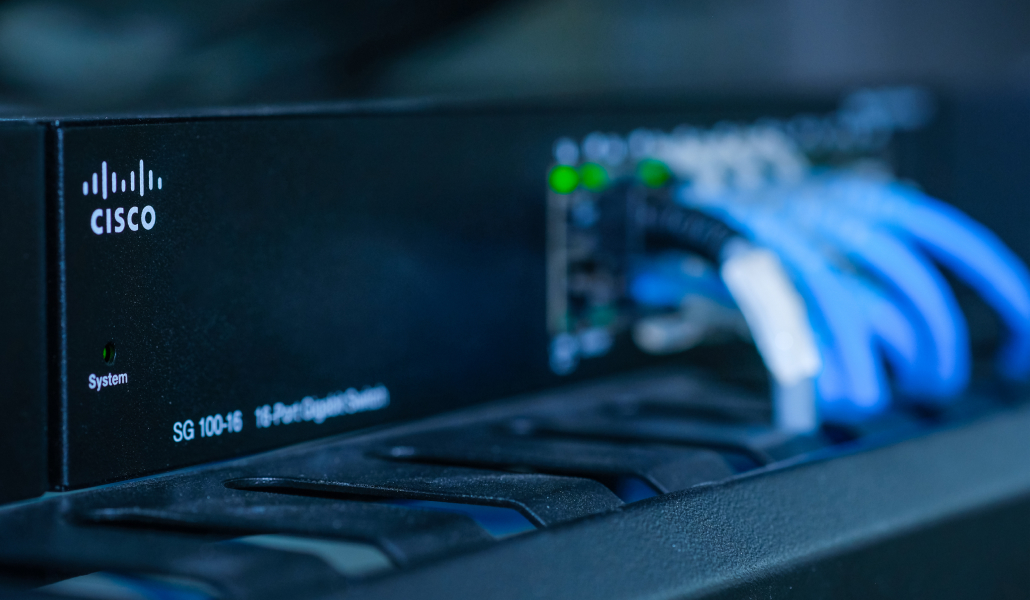A Closer Look At WLAN And Wi-Fi

There are some key differences between WLAN and Wi-Fi. Wireless Local Area Networks (WLAN’s) provide network communication using high-frequency radio waves, such as lasers and infrared signals, instead of physical wired connections.
The network links devices within a specific area, such as an office building, home, school or campus using wireless technology. This Wireless Local Area Network (WLAN) allows all users that are linked to it, to move around within the designated area but still remain connected.
The process by which the information is sent and received starts at the transmit end of the WLAN, which initially applies source coding to convert the raw information into digital signals for circuit calculation and processing. The type of source coding applied will vary depending on the nature of information being sent, for example a video would use a H.264 or MPEG-4 Part 10 AVC (Advanced Video Coding).
From here the digital signals are converted into radio waves through a process involving channel coding and modulation. After receiving the radio waves, the receive end of the WLAN demodulates and then decodes the radio waves, converting them back into their original information format (image, text, video, sound etc).
Both the transmit and receive ends of the WLAN are connected over a number of interfaces and channels.
As WLAN’s have developed over the years, technologies within this network system have also developed, such as Bluetooth, Wi-Fi and HyperLAN2. Of these, Wi-Fi has become the most commonly adopted due to its flexibility, reliability, ease to implement and low cost to install.
In comparison with a wired network therefore, WLAN’s are able to offer greater mobility as a communication option when using Wi-Fi technology. Being free from the constraints of cables and ports the networks allow coverage in areas where laying a complex cabling system would present its challenges, for example; a motorway or dual carriageway etc. Due to its wireless properties, the WLAN can achieve significantly wider coverage at a fraction of the cost, saving thousands on installation figures.
The mobility of a WLAN also ensures they are the perfect choice for areas where high volumes of users and their connected devices are constantly moving or passing through, such as office buildings, restaurants, hotels, airports, stadiums etc.
Unfortunately, this also makes them an interesting target for cyber criminals. As WLAN’s use radio signals to transmit data it can leave them open to the potential for cyber-attacks and security breaches. An open wireless channel provides easy access for attackers looking to intercept or tamper with data so it is crucial the appropriate security measures are put in place to mitigate the vulnerability of the system.
Link authentication and user access authentication should be employed to prevent unauthorised use of network services, data encryption algorithms applied to protect data security and Wireless Intrusion Detection Systems (WIDS) and Wireless Intrusion Prevention Systems (WIPS) used to detect air interface threats and phishing AP’s.
Without a doubt, connectivity has never been more important than it is right now. The need for a reliable network environment that supports the increasing pace of a digital world is paramount – which is why it is essential you have the correct WLAN design and security measures in place.
TPS has wide range of wireless and design installation services. To discuss your needs please get in touch with our team on 0161 6609974 or email sales@tps.group

